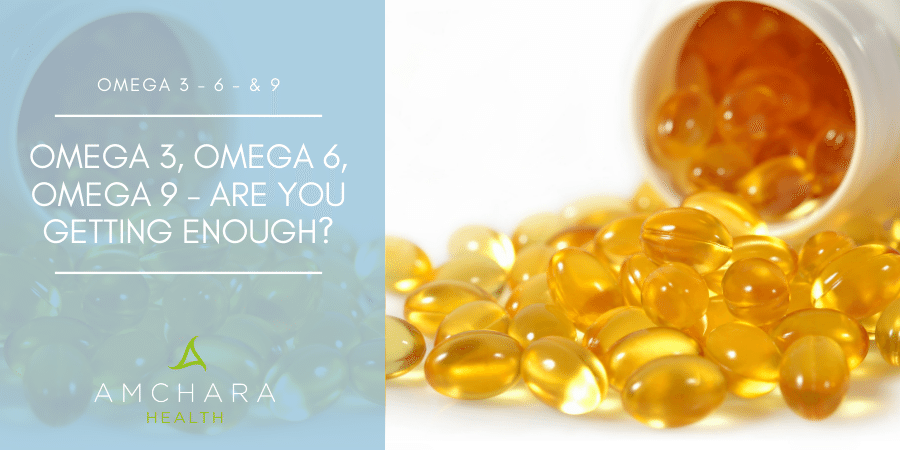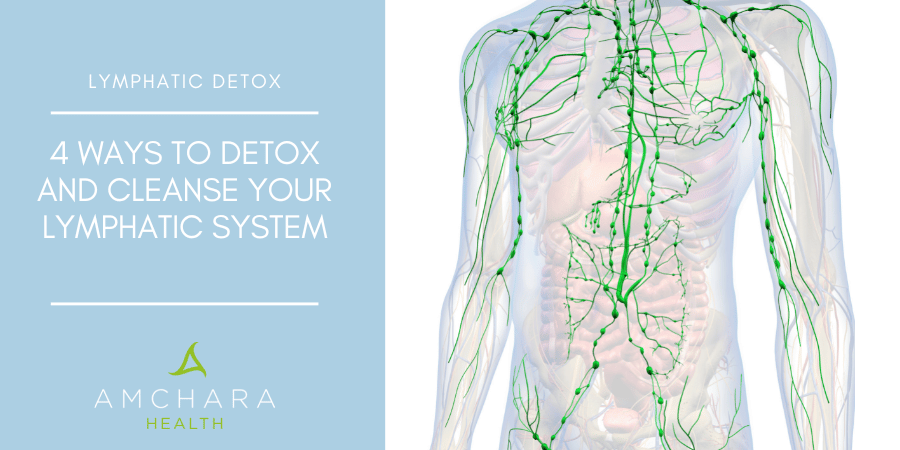You will probably be aware that you need the right amount of omega 3 in your diet for health.
But have you heard of Omega 3 Omega 6 and Omega 9?
Do you know what all of these Omegas are, how to get them and why you need them?
No?
Right, then get ready to get educated.
Omega Fatty Acids are essential for normal body function and all parts of the body need them to work correctly, including respiratory system, immune system, circulatory system and all the organs including your brain.
There are three Omegas, but only two are known as Essential Fatty Acids (EFAs) and these are the fatty acids that the body does not produce naturally, meaning that you have to get them from the foods that you eat.
The two EFAs are Omega 3 and Omega 6.
These two are extremely important for the development of the brain, proper functioning of the immune system and regulation of your blood pressure.
There is also Omega 9, but we will move onto this a little later. First off, let’s explore the two EFAs.
Omega 3 Fatty Acid – What Is It?
Omega 3 fatty acids, also known as Alpha-Linoleic acid is a fatty acid that is essential to the body and promotes healthy brain function.
It also helps to prevent and fight off cardiovascular disease.
It is recommended by most health institutes that you eat at least two portions of fatty fish containing Omega 3 per week.
These include salmon, sardines, tuna and herring.
However, at Amchara we are far more pro-raw foods and so we prefer to promote ways of getting Omega 3 through raw foods and below you will find a list of vegan foods that contain Omega 3 naturally.
Aim for at least 2-3 good size portions per week.
The Health Benefits Of Omega 3 Fatty Acids
There has been a lot of research into the health benefits of Omega 3, and the many years of studies have shown that Omega 3 fatty acids are great for diabetes, asthma, cholesterol and blood pressure regulation, arthritis, attention and depressive disorders, certain cancers, skin disorders, digestive problems and much more.
So how can you get Omega 3 fatty acids in a raw foods, vegan or vegetarian diet?
- Grains
- Spirulina
- Brazil Nuts
- Hempseed Oil
- Mustard Seeds
- Pumpkin Seeds
- Chia Seed Oil
- Wheat Germ Oil
- Canola Oil (Rapeseed)
- Green Leafy Vegetables
- Raw Walnuts & Walnut Oil
- Flaxseeds or Flaxseed Oil
Omega 6 Fatty Acid – What Is It?
Omega 6 fatty acid is also referred to as Linoleic acid.
Omega 6 is another type of fatty acid and combined with Omega 3, it produces many of the same health benefits as Omega 3.
But the problem with the Omega Fatty Acids is that it is a tricky game to get the balance right between them and to get the right amounts in your diet.
We will look into how to get the right balance later in this article, once we’ve explained each of the acids individually.
The best Omega 6 sources are seeds, grains, nuts and leafy green vegetables.
It can also be found in some raw vegetable oils.
This is not a highly recommended source however, as cooking reduces the benefits of fatty acids.
This is why it is far better to get the Omega Fatty Acids from a raw foods diet.
You will find Omega 6 naturally in:
- Olive Oil
- Wheatgerm
- Grapeseed
- Pistachios
- Sesame Oil
- Hempseed Oil
- Pumpkin Seeds (and the season is almost here for these!)
- Chia Seed Oil
- Safflower Oil
- Sunflower Oil
- Cottonseed Oil
- Raw Nuts & Seeds
And What About Omega 9 Fatty Acid?
Omega 9 is a fatty acid but it is not essential because it is naturally produced in the body, but only when we ingest enough Omega 3 and 6.
Don’t get enough Omega 3 and 6, then you have to get your Omega 9 from your diet.
See how they all work together?
Omega 9s are also referred to as monounsaturated oleic and stearic acid.
Health Benefits Of Omega 9 Fatty Acid
Omega 9 is important for heart health and it works by helping to keep cholesterol levels well balanced. It also helps to improve immune function.
You can get Omega 9 fatty acid from these natural foods:
- Avocados
- Pecans
- Cashews
- Almonds
- Hazelnuts
- Pistachios
- Macadamia Nuts
- Chia Seed Oil
- Olives & Olive Oil
How To Get The Right Balance Of Omega 3, 6 and 9
You need to be getting twice as much Omega 6 and Omega 3 from your diet, so your Omega 6 to Omega 3 ratio is should be 2:1.
In the modern Western world however of high calorie foods and unhealthy eating habits, most people to actually ingesting around 15 times more Omega 6 than Omega 3.
It has been researched and is known that eating Omega 6 and Omega 3 in the wrong proportions can completely negate the health benefits and in fact cause more harm than good.
It is therefore important that we seriously consider our diets to ensure that we are eating the right amounts.
As we mentioned earlier, if you are getting the right amount and ratio of Omega 3 and Omega 6, your body will naturally produce the right amount of Omega 9.
READ THIS NEXT





